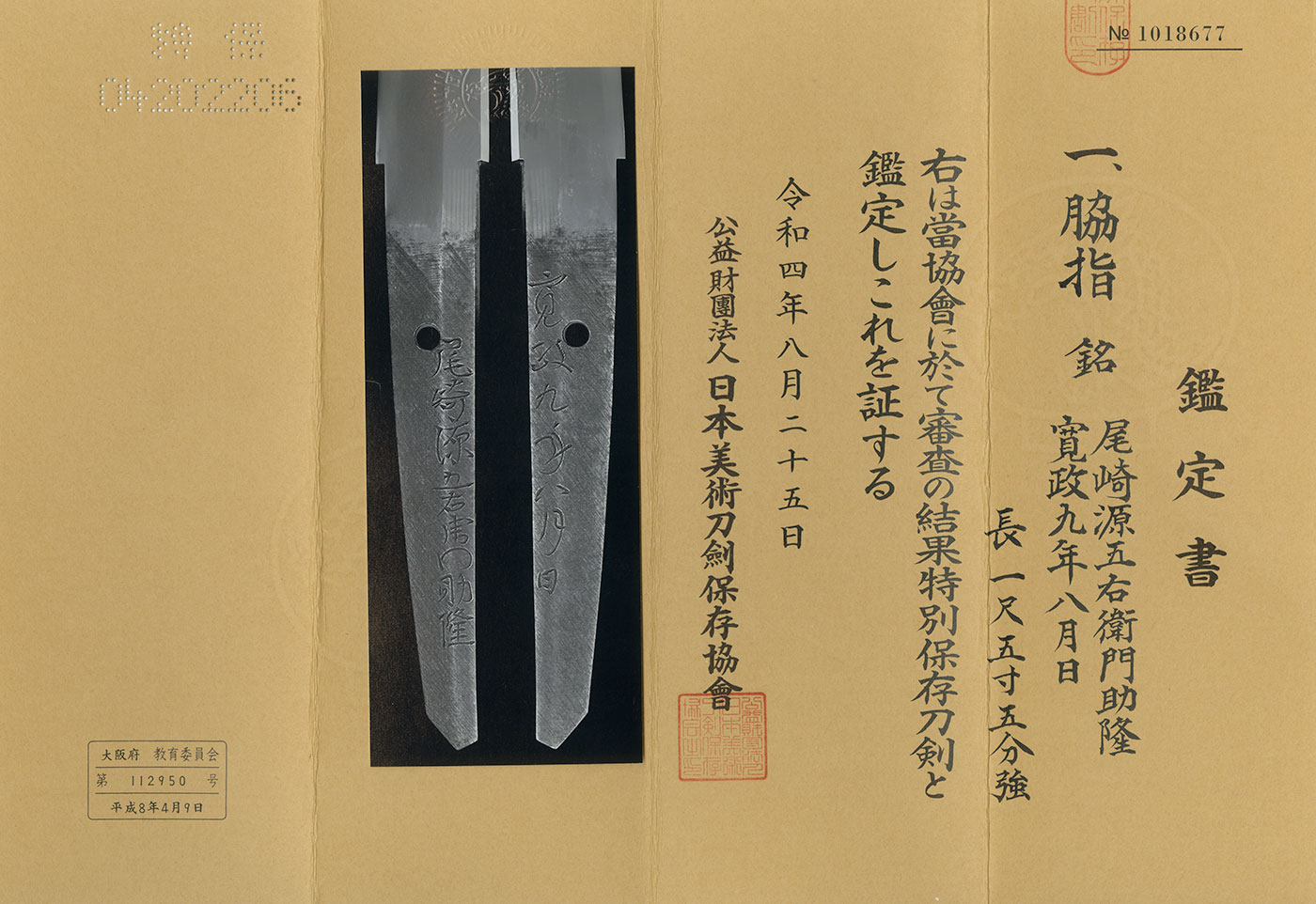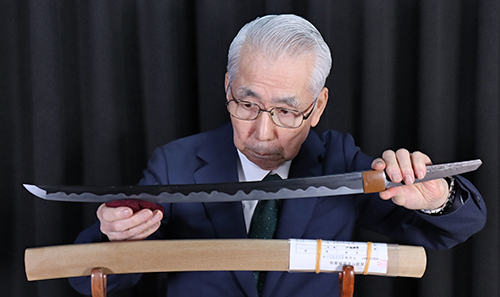Ordering number:23782
Wakizashi in Shirasaya (NBTHK Tokubetsu Hozon Token)
Signature: Ozaki Minamoto goemon Suketaka
Kansei 9 Nen 8 Gatsu Hi(August 1797)
尾崎源五右衛門助隆
寛政九年八月日
(We divide 4 sections for each sword as Saijyo saku, Jyojyo saku Jyo saku and regular saku)
This sword belongs to Saijyo ranking.
Habaki: Copper single Habaki.
Blade Length: 47.0 cm (18.5 in)
Curvature: 0.9 cm (0.35 in)
Mekugi Hole: 1
Width at Base: 2.82 cm (1.11 in)
Width at the Yokote (the point section below the point): 1.8 cm (0.71 in)
Thickness of rim (Kasane): 0.65 cm (0.26 in)
Sword Weight: 475 grams
Era: Edo period, 9th year of the Kansei era(August 1797)
Shape: Slightly wide and thick Wakizashi with rather deep Sori.
Jigane: Ko Itame Hada well grained. The Jigane is clear.
Hamon: Nie Deki, Doranba Hamon with thick Nioikuchi.
In the Ha, there are Sunagashi and Kinsuji.
Boshi is round shape.
Special feature: Ozaki Minamoto goemon Suketaka dedicated himself to the field of the Doranba Hamon because, at the time, the appraiser Kamata Gyosho acclaimed Tsuda Sukehiro as the preeminent smith of the Shinto era. The reason many swordsmiths began to forge the Doranba Hamon, and among them, Suketaka was highly esteemed, originates from this trend.
He devoted his life to this "Doranba Hamon" all his life. In fact, his Doranba Hamon has the vigor of life, and the result is a marvelous work of art.
From Aoi Art: Suketaka was born in Osaka and later became an apprentice to Kuroda Takanonbu in Banshu perovince. He eventually settled in Osaka. On December 19, 1798, in the 10th year of the Kansei era, he was granted the title of "Nagato no Kami". He passed away in the 4th year of the Bunka era (1807) at the age of 55.
NBTHK Tokubetsu Hozon Token
Aoi Art's Estimation Paper
Whole Oshigata
Order Form
Related Items:
 Wakizashi:Hoki Kami Ason Masayuki/Kansei 6 Nen 8 Gatsu Hi(NBTHK Tokubetsu Hozon Token)
Wakizashi:Hoki Kami Ason Masayuki/Kansei 6 Nen 8 Gatsu Hi(NBTHK Tokubetsu Hozon Token)
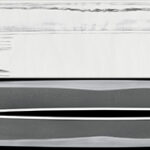 Wakizashi(Sunnobi Tanto):Tsunahide(NBTHK Tokubetsu Hozon Token)
Wakizashi(Sunnobi Tanto):Tsunahide(NBTHK Tokubetsu Hozon Token)
 Wakizashi:Hoki no Kami Taira Ason Masayuki/Kansei 4 Nen Ne 8 Gatsu(NBTHK Tokubetsu Hozon Token)
Wakizashi:Hoki no Kami Taira Ason Masayuki/Kansei 4 Nen Ne 8 Gatsu(NBTHK Tokubetsu Hozon Token)
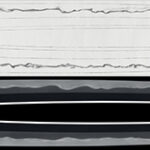 Wakizashi: Inoue Izuminokami Kunisada Kikumon, Kanbun 5 Nen 8 Gatsu Hi (August 1665)(NBTHK Tokubetsu Hozon Token)
Wakizashi: Inoue Izuminokami Kunisada Kikumon, Kanbun 5 Nen 8 Gatsu Hi (August 1665)(NBTHK Tokubetsu Hozon Token)
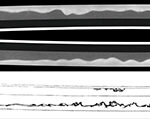 Wakizashi :Dewa Daijo Fujiwara Kunimichi
Wakizashi :Dewa Daijo Fujiwara Kunimichi
 Dai Sho:Tsushima Kami Tachibana Nyudo Tsunemitsu
Dai Sho:Tsushima Kami Tachibana Nyudo Tsunemitsu



